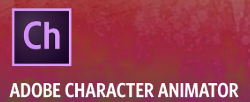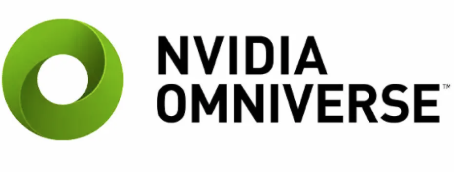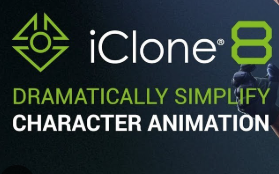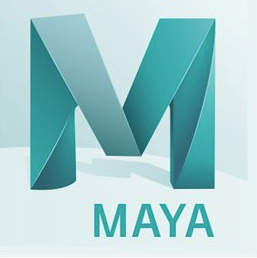In the vibrant world of animation, AI tools have emerged as revolutionary forces, promising to bring characters to life with unprecedented realism and efficiency. These tools streamline workflows, enhance creativity, and introduce new levels of dynamism to animated projects. Yet, as AI becomes increasingly integral to animation, a provocative debate unfolds: Are these tools truly breathing life into characters, or are they subtly diluting the artistic essence that animators strive to preserve? This article explores some of the best AI tools for animation, providing detailed insights into their features, benefits, and the controversies they provoke.
Why AI Tools Are Transforming Animation
AI tools are reshaping animation by offering automated motion capture, facial recognition, and real-time rendering capabilities. Here’s why they are making a significant impact:
Automated Motion Capture: AI tools can capture and replicate complex movements, reducing the need for manual animation and increasing efficiency.
Facial Recognition and Animation: These tools enable realistic facial expressions and lip-syncing, enhancing character authenticity.
Real-Time Rendering: AI tools can render animations in real-time, allowing animators to make quick adjustments and improve workflow.
Enhanced Creativity: By automating repetitive tasks, AI tools free up animators to focus on creative aspects and storytelling.
Top AI Tools for Animation You Should Know
Let’s delve into some of the top AI tools that are transforming the field of animation. Each tool offers unique features tailored to different creative needs.
1. Adobe Character Animator

Adobe Character Animator is a powerful tool that uses AI to bring characters to life through real-time animation.
Features: Includes motion capture, facial recognition, and lip-syncing. Adobe Character Animator allows animators to control characters using their own movements and expressions.
Pricing: Available through Adobe Creative Cloud subscription, with various pricing tiers.
User Experience: Known for its ease of use and integration with other Adobe products, making it ideal for animators looking to streamline their workflow.
Why It Stands Out: Adobe Character Animator’s ability to animate characters in real-time using AI-driven motion capture makes it a favorite among animators seeking efficiency and creativity.
2. DeepMotion

DeepMotion offers AI-driven solutions for creating realistic animations and character movements.
Features: Includes physics-based motion capture and real-time animation. DeepMotion’s AI technology helps animators create lifelike movements and interactions.
Pricing: Offers a range of pricing plans based on feature access and usage.
User Experience: Its powerful motion capture capabilities and real-time animation tools make it a popular choice for animators aiming to enhance character realism.
Why It Stands Out: DeepMotion’s focus on physics-based motion capture provides animators with tools to create more realistic and dynamic character animations.
3. NVIDIA Omniverse

NVIDIA Omniverse is a collaborative platform that leverages AI to enhance animation workflows and rendering.
Features: Includes real-time collaboration, AI-driven rendering, and simulation tools. Omniverse’s AI technology enables animators to work together seamlessly and render high-quality animations.
Pricing: Offers free access with limited features and premium plans for advanced capabilities.
User Experience: Known for its collaborative environment and powerful rendering tools, making it ideal for teams working on complex animation projects.
Why It Stands Out: NVIDIA Omniverse’s collaborative platform and AI-driven rendering capabilities make it a top choice for animation teams seeking efficiency and high-quality results.
4. Reallusion iClone

Reallusion iClone is an animation tool that uses AI to create detailed character animations and interactions.
Features: Includes facial animation, motion capture, and scene creation tools. iClone’s AI technology allows animators to create complex character interactions and environments.
Pricing: Offers various pricing tiers based on feature access and usage.
User Experience: Its comprehensive animation tools and user-friendly interface make it a valuable resource for animators focused on character detail and interaction.
Why It Stands Out: Reallusion iClone’s detailed animation tools and AI-driven features provide animators with the resources to create intricate and engaging character animations.
5. Autodesk Maya

Autodesk Maya is a renowned animation software that integrates AI to enhance character animation and rendering.
Features: Includes AI-driven rigging, motion capture, and rendering tools. Maya’s AI technology enables animators to create complex and realistic animations.
Pricing: Offers subscription-based pricing with various tiers based on feature access.
User Experience: Its powerful animation and rendering tools make it a staple in the industry, ideal for animators seeking high-quality results.
Why It Stands Out: Autodesk Maya’s robust AI-driven tools for animation and rendering make it a top choice for professional animators aiming for excellence in their projects.
Comparison and Analysis
When selecting the right AI animation tool, consider your specific needs:
For Real-Time Animation: Adobe Character Animator offers seamless integration with real-time motion capture.
For Collaborative Projects: NVIDIA Omniverse provides a platform for real-time collaboration and rendering.
For Detailed Character Interaction: Reallusion iClone offers comprehensive tools for character animation and interaction.
Conclusion: Are AI Tools the Future of Animation?
AI tools are undoubtedly transforming animation by providing innovative, data-driven solutions. While they enhance efficiency and creativity, addressing concerns about AI potentially overshadowing traditional artistic techniques remains crucial. As AI technology continues to evolve, its role in animation will expand, offering new opportunities for animators to innovate and bring characters to life.
